Istanbul is the only metropolis in the world that spans two continents – Europe and Asia. The narrow Bosphorus Strait is all that separates them. This geographic divide is also reflected in the city’s culture and architecture, making it a uniquely rich destination.
Historically, Istanbul was known as Byzantium in antiquity and Constantinople during the Middle Ages—serving as the capital of both the Byzantine and later the Ottoman Empire. For over 2,500 years, it has been a major center of trade, religion, and culture. Its strategic location between two continents has made it a coveted crossroads throughout history, with traces of Romans, crusaders, sultans, and traders still visible today.
In 2024, I had the chance to spend a weekend in this colorful metropolis during a medical trip to Turkey. A short, but unforgettable solo journey.
Where to Stay in Istanbul?
Before the trip, I wasn’t sure which area would be best to stay in. I eventually chose Sultanahmet – the district closest to Hagia Sophia and the Blue Mosque. It turned out to be a quiet and safe area, perfect for a solo traveler.
The Blue Mosque, or Sultan Ahmed Mosque, is an iconic 17th-century landmark, known for its six minarets and intricate blue tiles decorating the interior dome. Still in active use today, it’s a beautiful example of Ottoman architecture.

Hagia Sophia, originally built as a church in the 6th century, has served as a mosque and museum before once again becoming a mosque. The massive dome, Byzantine mosaics, and blend of Christian and Islamic elements make it an architectural marvel with immense historical significance.
Wandering among some of the world’s most famous structures without the usual crowds felt almost timeless.
It’s especially fascinating to stand between the two buildings and hear the call to prayer echo across the square – sometimes in sequence, as if the mosques are responding to one another in a dignified, ancient dialogue.
Often the muezzin from the Blue Mosque begins first, followed closely by Hagia Sophia. The result is a nearly theatrical exchange between two of the world's most iconic religious buildings – an acoustic moment that stays with you.
A Culinary Journey Across Continents
One of the highlights of the trip was a guided food tour, where we visited around ten different eateries – from small cafés to traditional restaurants. The tour took us through both the European and Asian sides of the city, led by a knowledgeable and enthusiastic guide.
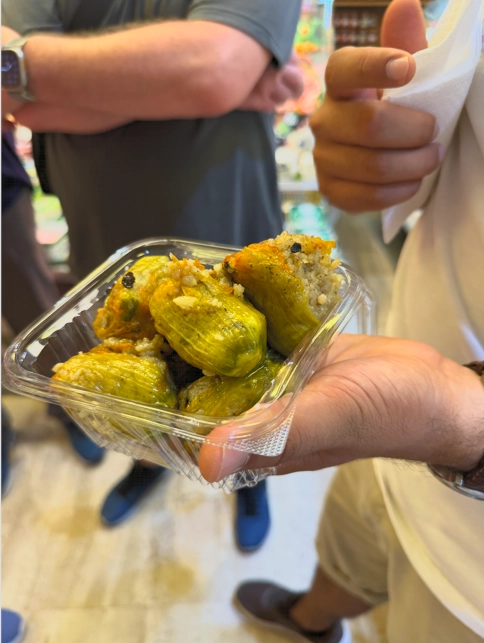
We sampled the best of Turkish cuisine: meze, lamb dishes, sweet desserts, and an unforgettable coffee brewed over charcoal. One of the most memorable dishes was Iskender – thin slices of grilled lamb laid over pita bread, drenched in tomato sauce and melted butter, and served with yogurt. A bold, classic dish that truly showcased the richness of Turkish food.
We also tried a local version of Turkish “pizza” – known as lahmacun. Thin, crispy, and topped with a spicy meat mixture, it’s usually served with lemon and parsley. A quick, affordable favorite among locals.
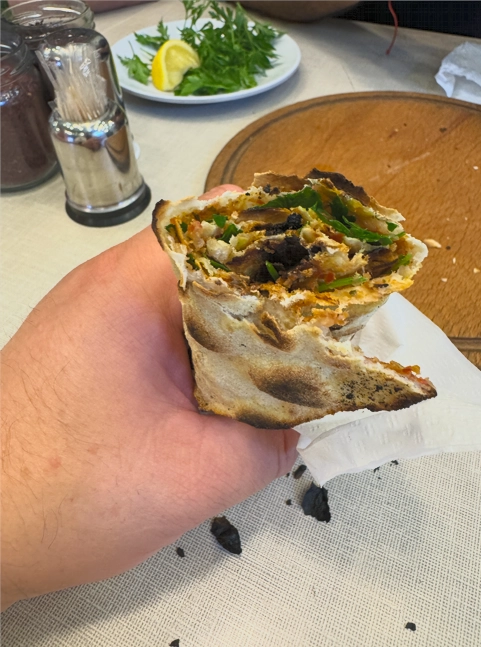
Our group included a couple from England, a couple from Australia, another solo traveler from Australia, a man from the U.S., and of course, our local Turkish guide. A truly international crowd that made the experience even better.
Next time, I plan to stay on the Asian side – for a change of scenery and to explore more local neighborhoods.
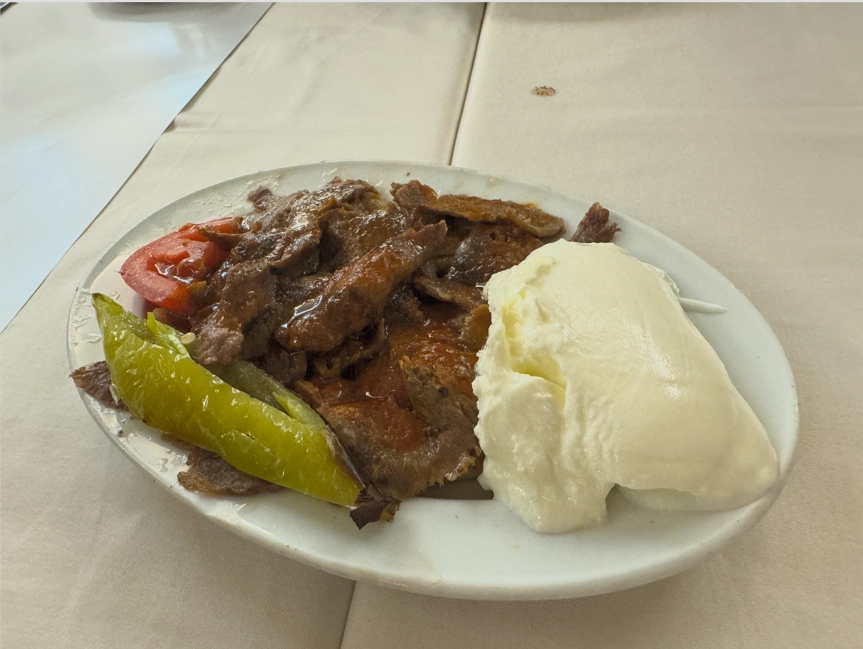
Geocaching in Istanbul – Between James Bond and Ancient Ruins
There was time for reflection when I visited Taksim Square to log a few caches near the Monument of the Republic. My thoughts turned to those who protested there in 2013 to preserve their park – a powerful intersection of the city’s political history and geocaching in public space.
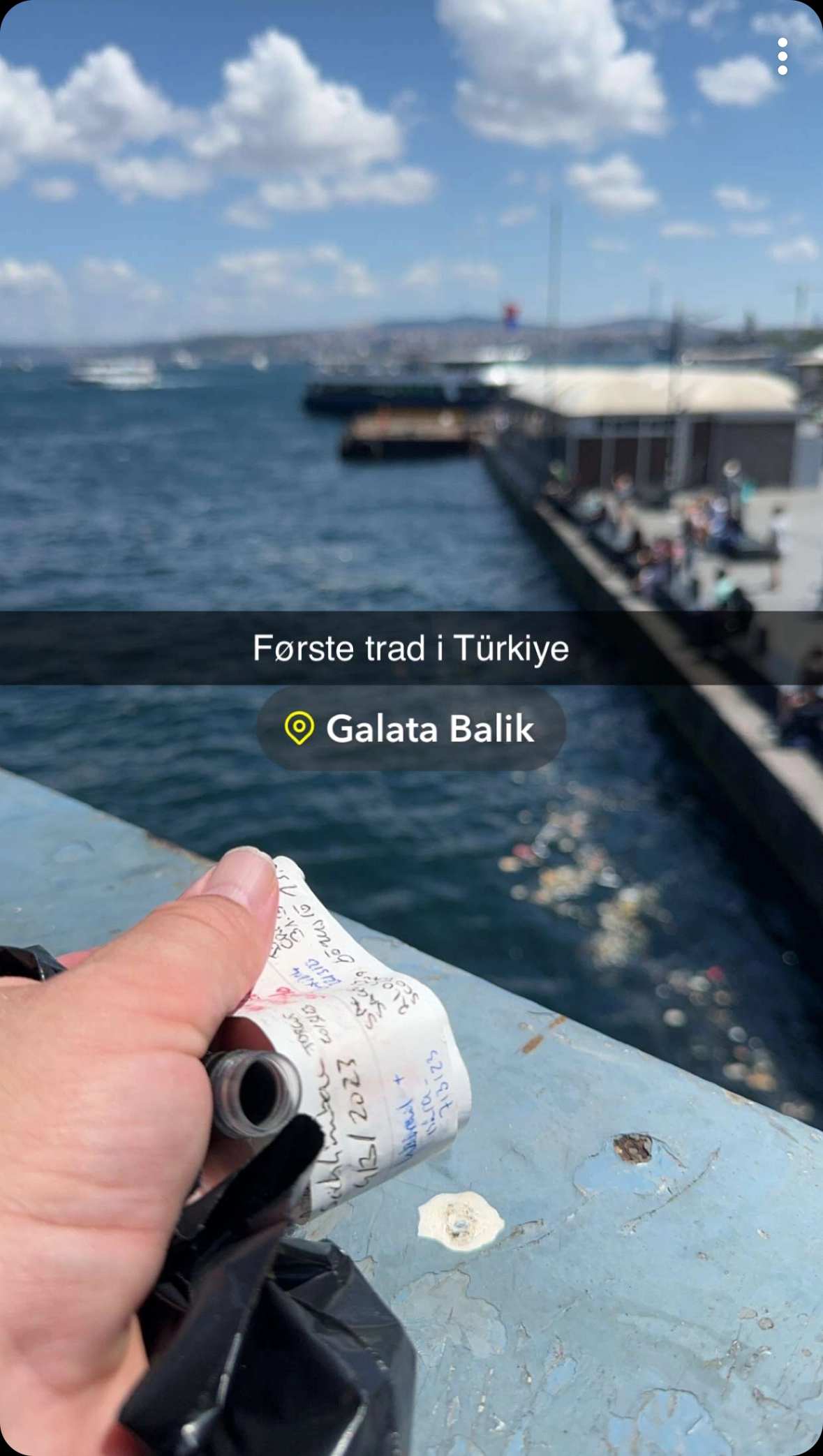
For those of us into geocaching, Istanbul offers a lot. You’ll find both traditional and virtual caches across the city. One of the most memorable is at Basilica Cistern, an ancient underground water reservoir featured in the James Bond film From Russia with Love. I visited a James Bond-themed Adventure Lab cache there, and the location is definitely worth it.

Basilica Cistern was built under Emperor Justinian I in the 6th century and is the largest of hundreds of ancient cisterns beneath Istanbul. It once held over 80,000 cubic meters of water and supplied the palaces of Constantinople. Today, its many columns rise from the water – some repurposed from earlier temples, with two bases adorned by Medusa heads.
The dim lighting, silent water, and soft classical music create an almost magical atmosphere – a highlight for both history buffs and movie fans.
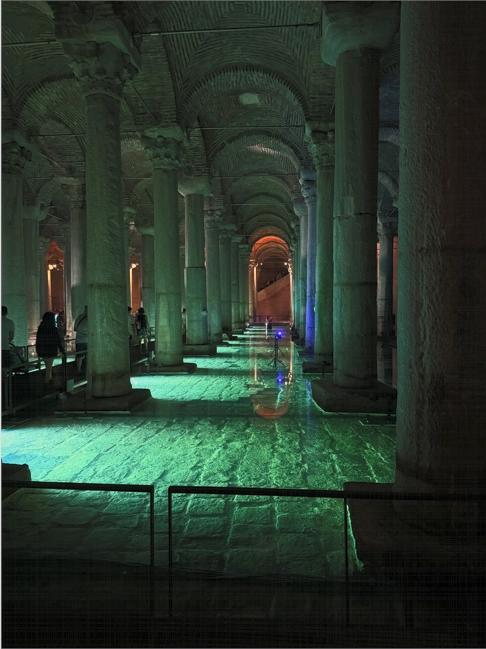
You’ll also find caches around Sirkeci and Sultanahmet, where you can stroll from one monument to the next while logging finds with views of both East and West.
Pro tip: Check the opening hours before heading to the Grand Bazaar – I scheduled my visit for the one day it was closed…
Earthquakes and the City's Geological Story
While logging this EarthCache, I observed some of the destruction caused by earthquakes over the centuries. A stark reminder that the Earth is always moving.
Istanbul is not only a cultural and historical crossroads – it also sits near one of the world’s most active earthquake zones. In 1509, a major quake and tidal wave destroyed over 100 mosques and 1,000 homes. Later earthquakes in 1559, 1690, 1719, and 1766 caused more destruction, and in 1894, parts of the Grand Bazaar’s roof collapsed, along with several mosaics in Hagia Sophia.
More recently, the 1999 İzmit earthquake measured 7.6 on the Richter scale and killed over 17,000 people. Geologists see it as a warning of an even stronger quake that could hit Istanbul by 2025.

The cause lies in the complex geology: the Anatolian microplate is pushed westward by the collision of the African and Eurasian plates. This builds tension along the North Anatolian Fault, much like California’s San Andreas Fault. Instead of many small quakes, pressure builds up and is released in rare, powerful events – a sobering yet important part of the city’s natural story.
What I Missed
Although I experienced a lot, there were a few things I didn’t manage to do. I had planned to visit another EarthCache about the Bosphorus, but a seller of Turkish Delight completely derailed my schedule – I had to spend a couple thousand lira before I was able to leave. That one will have to wait until next time.
I also didn’t make it to Kız Kulesi (Maiden's Tower), another James Bond filming location. It sits in the middle of the Bosphorus, which makes it a bit trickier to get to. But there are boat tours, so I’ll definitely get there next time.
A Memory for Life
Though my trip was short, I managed to see and do a lot. Istanbul isn’t necessarily more hectic than other big cities, but it offers a vibrant street life, and the layers of history are everywhere. Earthquakes, empires, invasions – the city has been at the center of world events more than once. And it continues to thrive – modern, diverse, and deeply inspiring.
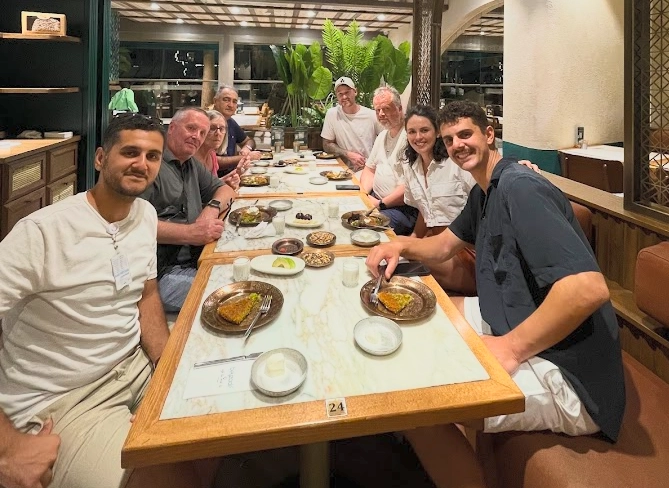
In Summary:
Istanbul is perfect for those who love history, culture, and food – and a bit of geocaching too.
Sultanahmet is a safe and practical place to stay for first-time visitors.
Join a guided food tour – it’s the best way to taste the city.
Don’t miss caching on both sides of the Bosphorus.
And most of all – let the city sweep you away. You’ll want to return.
Have you been to Istanbul and found a favorite cache?
Share it in the comments! You might inspire someone’s next adventure – across two continents.



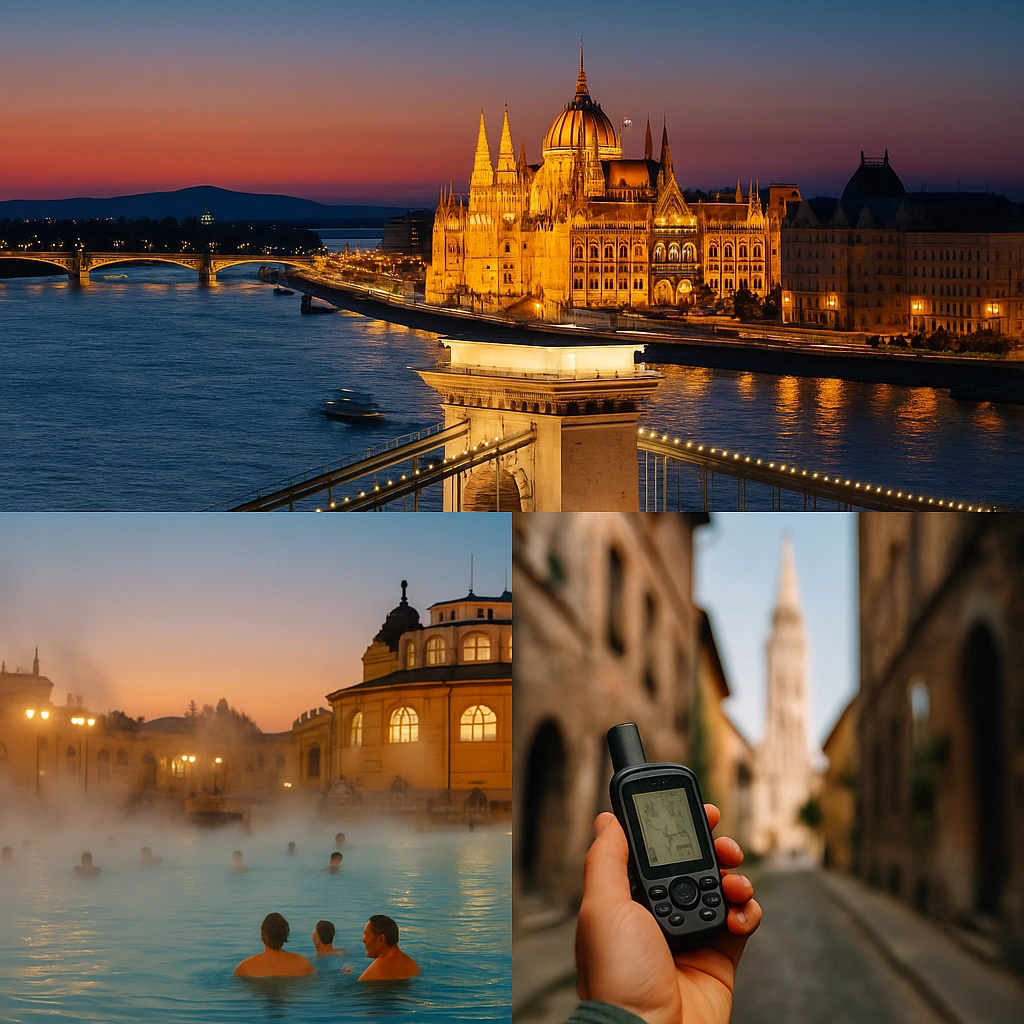
Comments